Latest

New radar system to help protect first responders in smoky situations
SmokeNav combines an inertial sensor and millimeter-wave radar to enhance situational awareness for first responders in hazardous conditions.

Cracking quantum hacking with flawed crystals
Scientists are using crystal imperfections to generate secure encryption, paving the way for quantum-resilient data protection.

Honey bees boost crop pollination, but at a cost to wild bees
Honey bees compete with wild bees for resources in croplands, but nutritious wildflower plantings can mitigate these effects.

Injectable hydrogel helps regrow blood vessels after a stroke
A hydrogel delivers therapeutic molecules to the brain after a stroke, promoting blood vessel regrowth and aiding recovery.

Metasurfaces could shrink spectrometers, transforming how we observe the Universe
Metasurfaces to detect terahertz radiation are making spectrometers smaller, lighter, and more efficient for space travel.
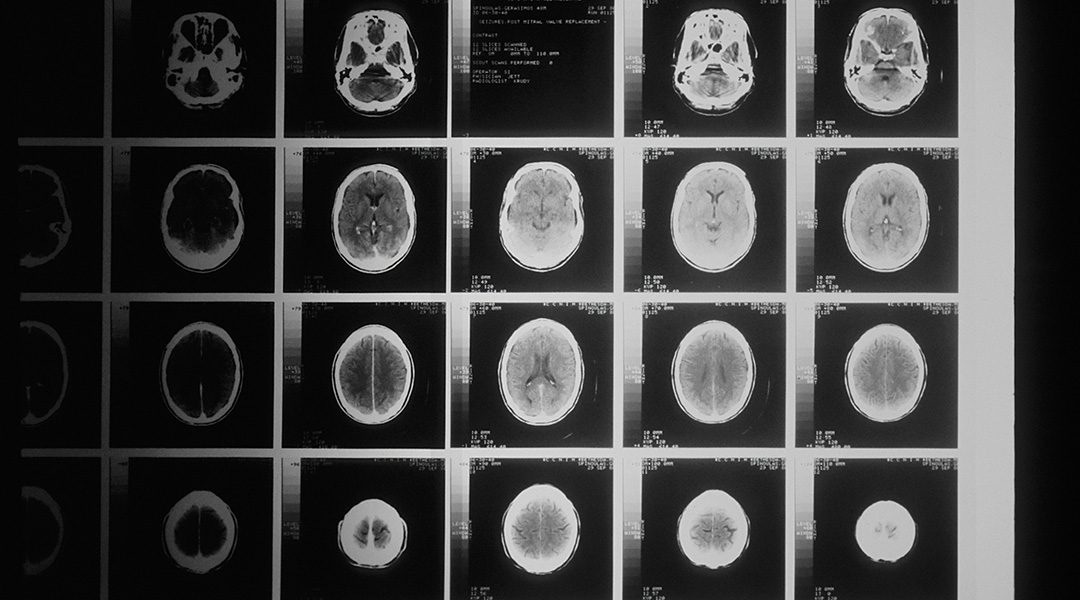
AI trained on brain scans could better predict mental health issues in adolescents
A neural network was able to evaluate connections between brain structure and clinical data to predict psychiatric disorders in youth.

Matter of science: Dialectics and the laws of nature
In this third and final article in a series on philosophy and science, we look at how modern science shows the validity of dialectical processes and how this can help guide science.
ASN Weekly
Sign up for our weekly newsletter and receive the latest science news directly to your inbox.
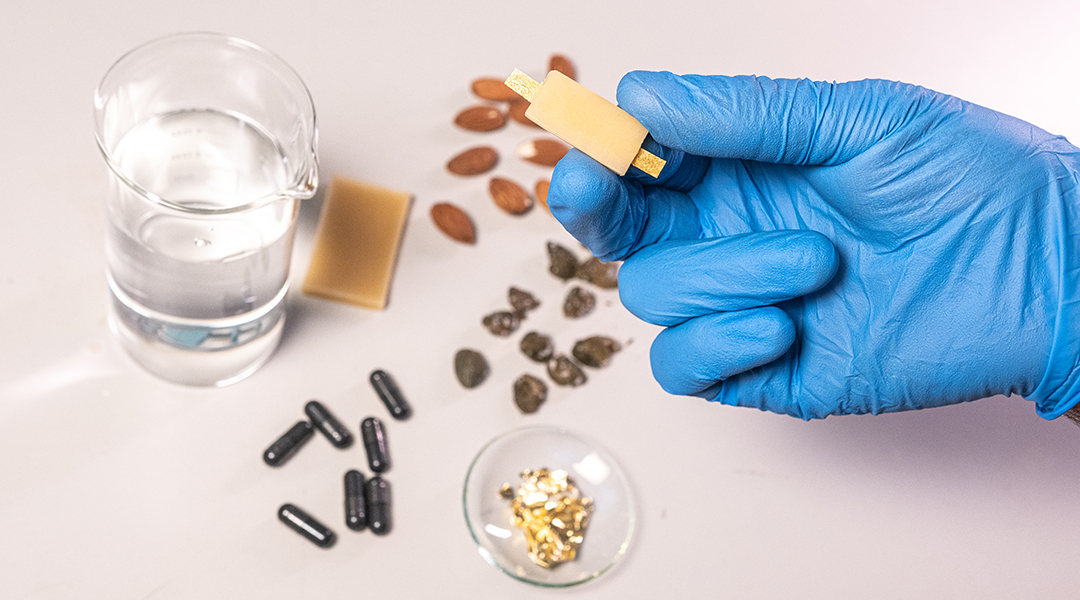
A battery made from food makes edible electronics palatable
An edible and rechargeable battery to power devices used for GI tract monitoring, therapeutics, and analyzing food quality.

Observations shed light on neutron star paradox
Astronomers have observed neutron stars that emit more energy than is theoretically possible, and now an explanation might be in the works.
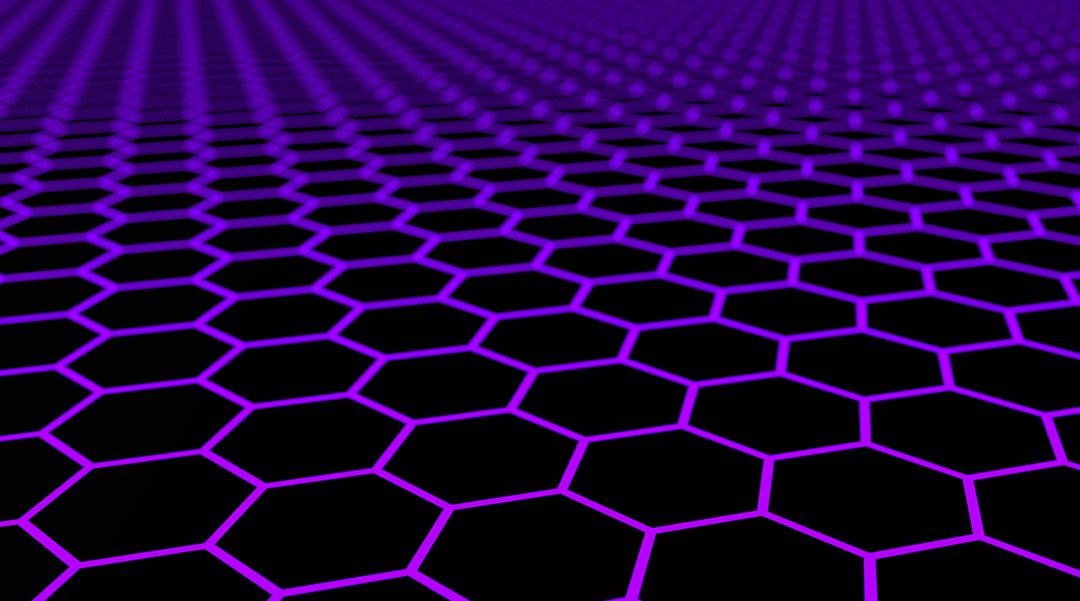
The surprising influence of shape on twisted graphene
Scientists are exploring the behavior of electrons in helicoidal graphene strips, a unique form of graphene with a twisted shape.

Earth Day 2023: How do we invest in our planet?
A list of articles showcasing innovative individuals and technologies working to build a sustainable economy that protects our planet.
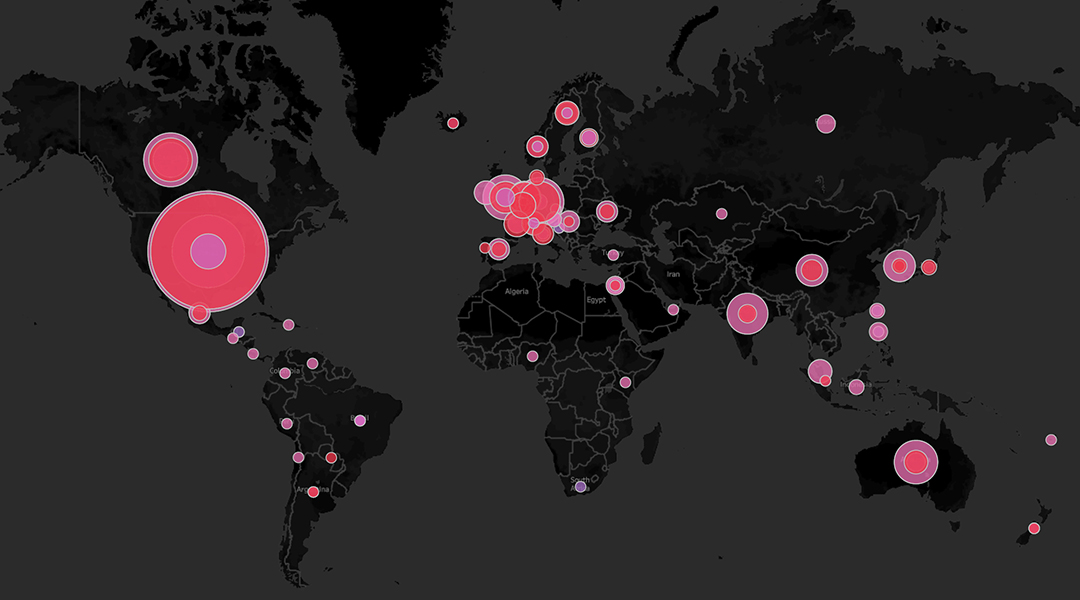
Circling a circular carbon economy
The circular carbon economy is still in its infancy, and realizing it will require innovative processes for capturing and utilizing carbon.

The key to safer fusion? New designs that curb runaway electrons
Harnessing Alfvén waves, scientists take a step closer to clean and abundant energy by learning how to tame runaway electrons in fusion reactors.
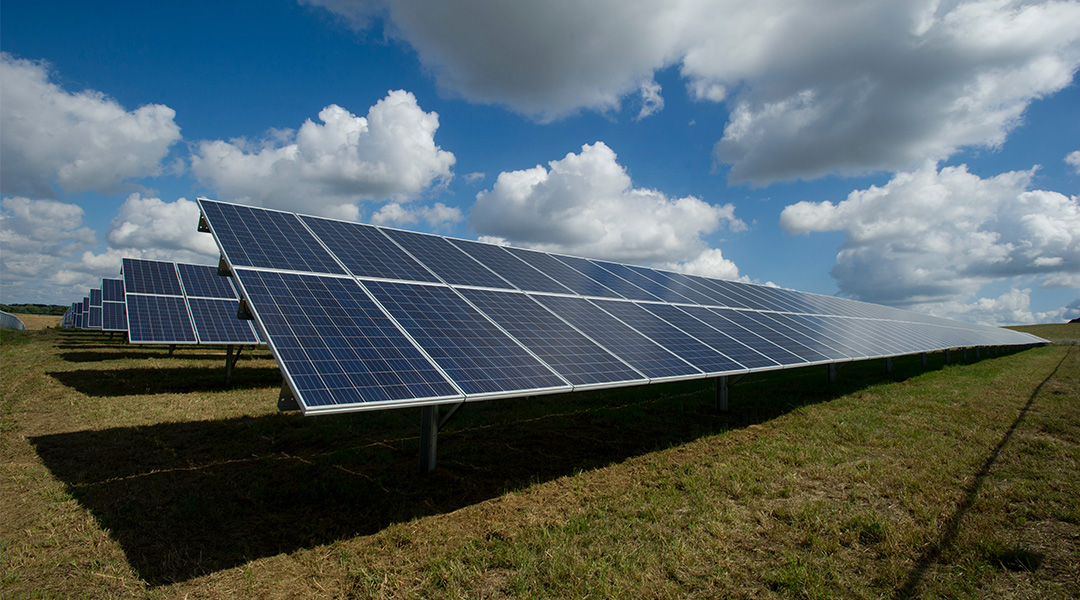
The successful transition to renewables needs a revolution in materials research
Autonomous materials laboratories and the research communities that build them will be crucial to achieving our climate goals.
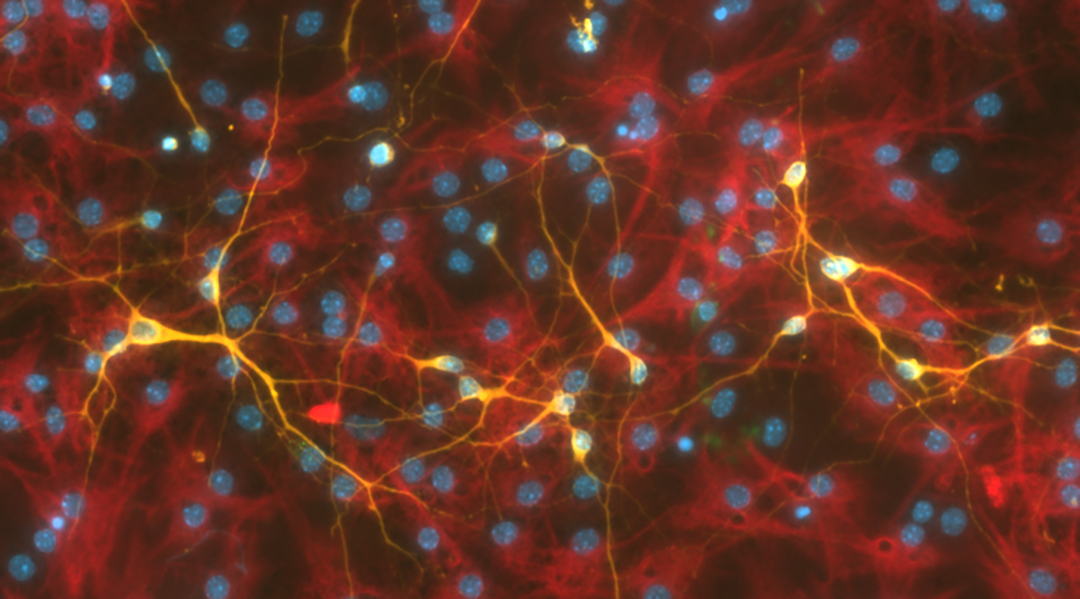
Harnessing piezoelectric materials to regrow neurons
When activated by mechanical stress, a piezoelectric material efficiently stimulates the differentiation of stem cells into new neurons.
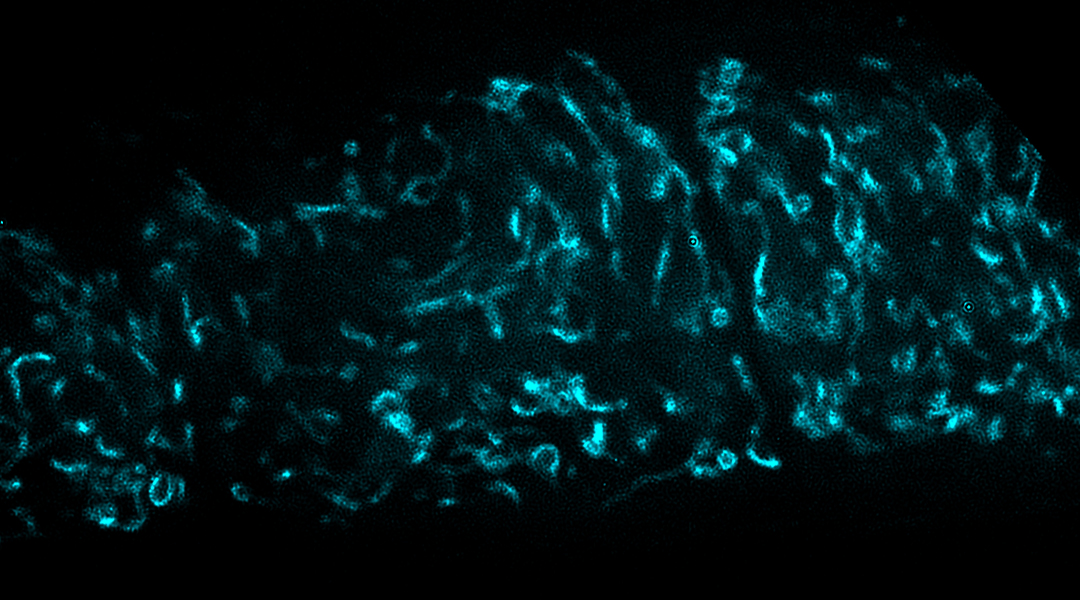
Scientists uncover mitochondria’s role in reproductive aging and fertility
New study reveals the crucial role of mitochondria in female reproductive aging, offering potential insights into improving fertility preservation and IVF outcomes.
No Results Found
The page you requested could not be found. Try refining your search, or use the navigation above to locate the post.
No Results Found
The page you requested could not be found. Try refining your search, or use the navigation above to locate the post.
No Results Found
The page you requested could not be found. Try refining your search, or use the navigation above to locate the post.
No Results Found
The page you requested could not be found. Try refining your search, or use the navigation above to locate the post.
No Results Found
The page you requested could not be found. Try refining your search, or use the navigation above to locate the post.

Researchers uncover a fundamental driver behind osteoarthritis
The first link between biomolecule concentration in our cartilage and the progression of osteoarthritis opens new routes for treatment.
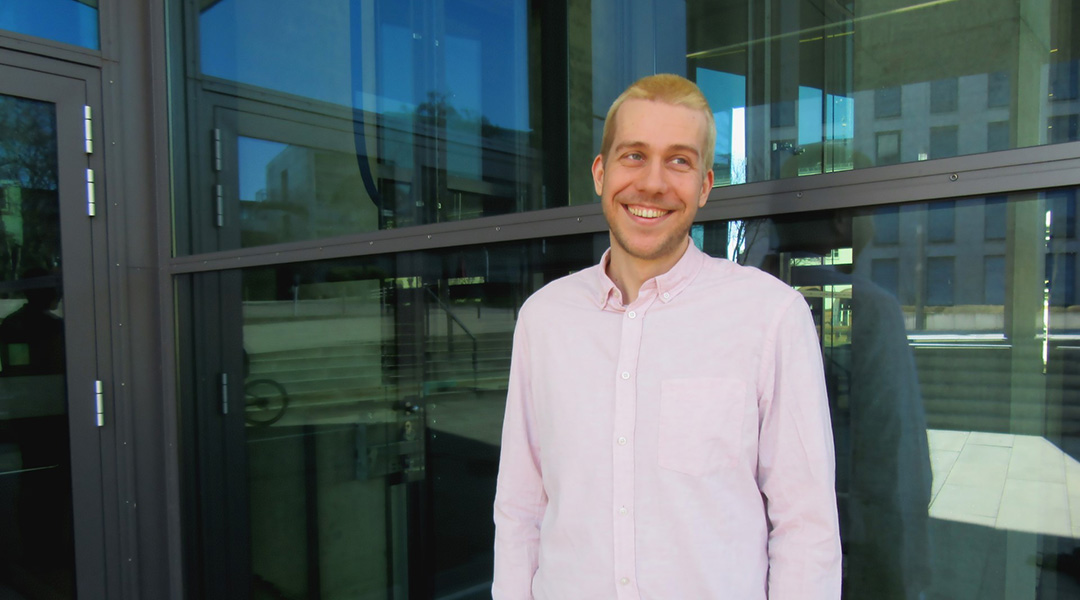
How research into existential risk will help safeguard humanity
Florian Jehn combines pragmatism with optimism when considering potential threats to human civilization.
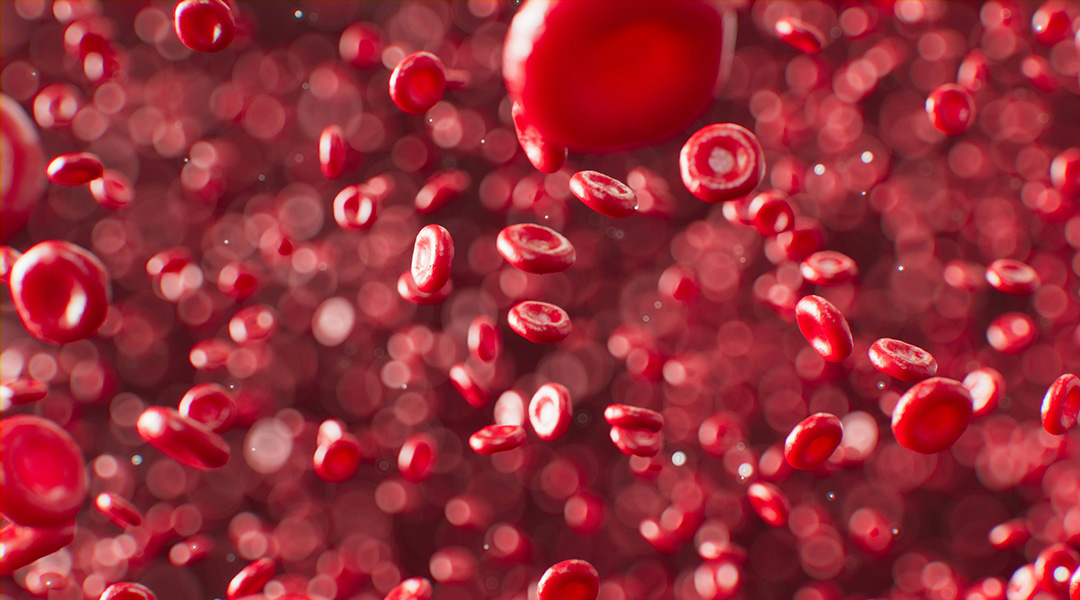
Ibuprofen’s effect on red blood cells: A prickly affair
An innovative imaging technique helps visualize in real-time how high doses of ibuprofen affect the integrity of red blood cells.

How taste shaped the use of ancient medicines
New findings reveal a link between our taste buds and what plants were used medicinally during ancient times.

Revolutionizing quantum technologies with photons made from quantum dots
Harnessing quantum dots to produce low-energy single photons for applications in secure communications and quantum computing.
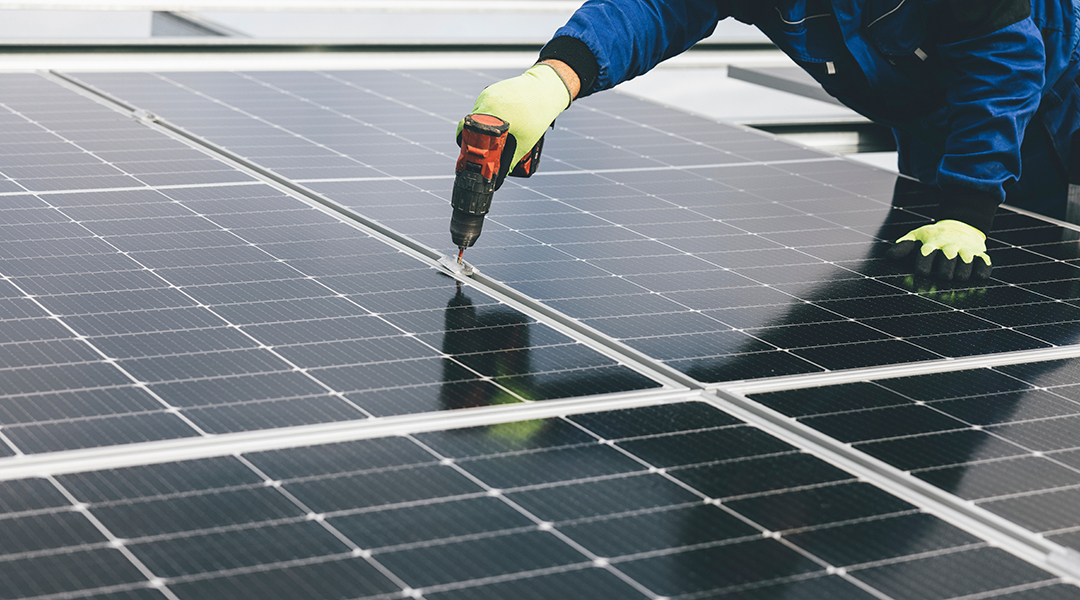
Say goodbye to grease and grime with these transparent self-cleaning materials
Superamphiphobic materials could keep solar panels clear, glasses clean, and phones fingerprint-free without any manual cleaning.
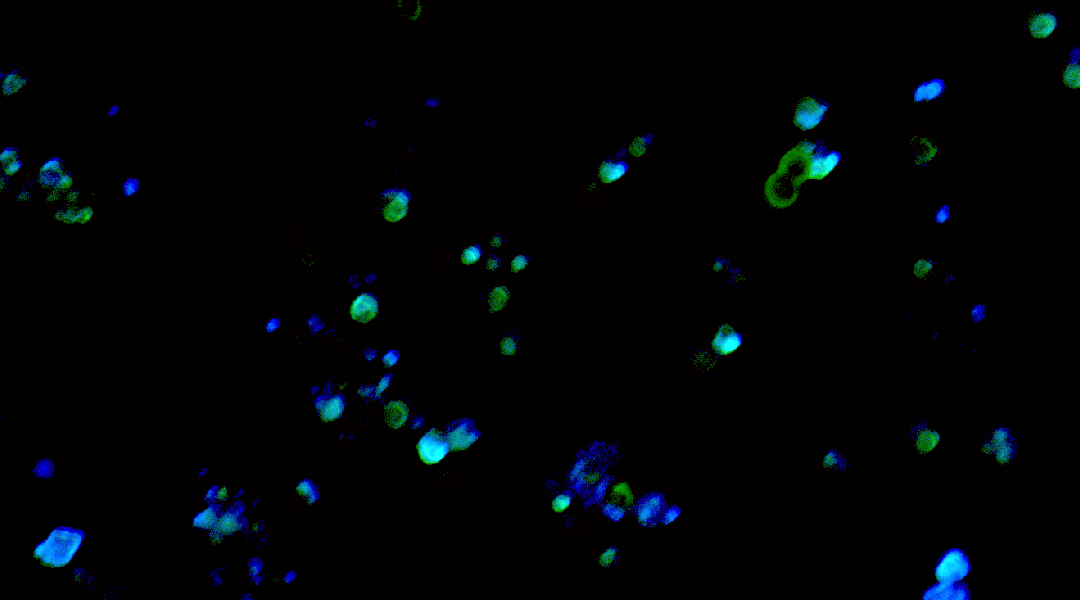
Algae-based microrobots clean up plastic waste
Swarms of iron-clad algae have been built to sweep through bodies of water to collect elusive bits of micro- and nanoplastics.

How education can help the “right to repair” movement
Through awareness and education, individuals may become more conscious of their future spending choices, ultimately contributing to the success of the right to repair movement.
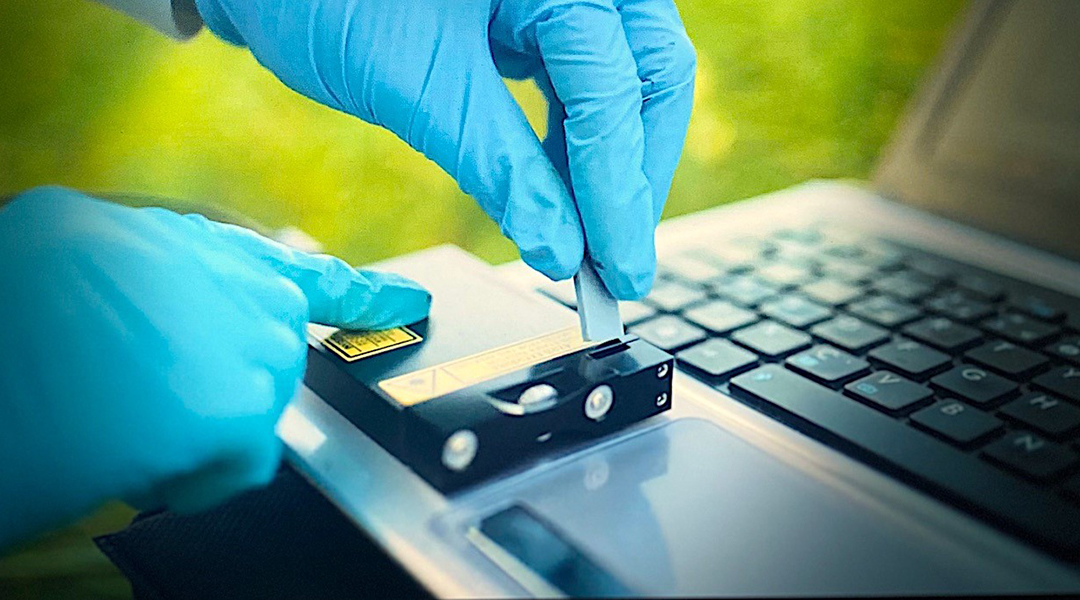
Portable 3D-printed sensor detects low concentrations of water pollutants
3D-printed sensor detects low concentrations of pesticides, offering a cost-effective and portable solution for water monitoring.
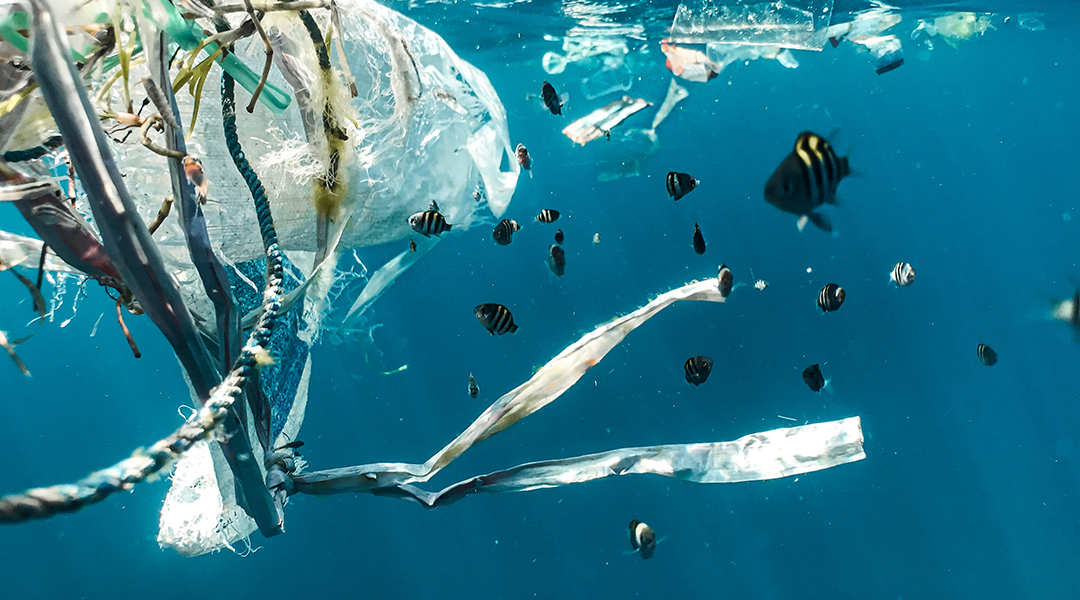
Testing the limits of mechanical plastic recycling
A new study looked at the extent to which plastics can be recycled using mechanical methods, finding good and bad news.

One step closer to sustainable fuels with a low-cost, solar-driven photoreactor
An innovative photoreactor concept achieves commercially viable performance indicators for a broad variety of solar-driven reactions.
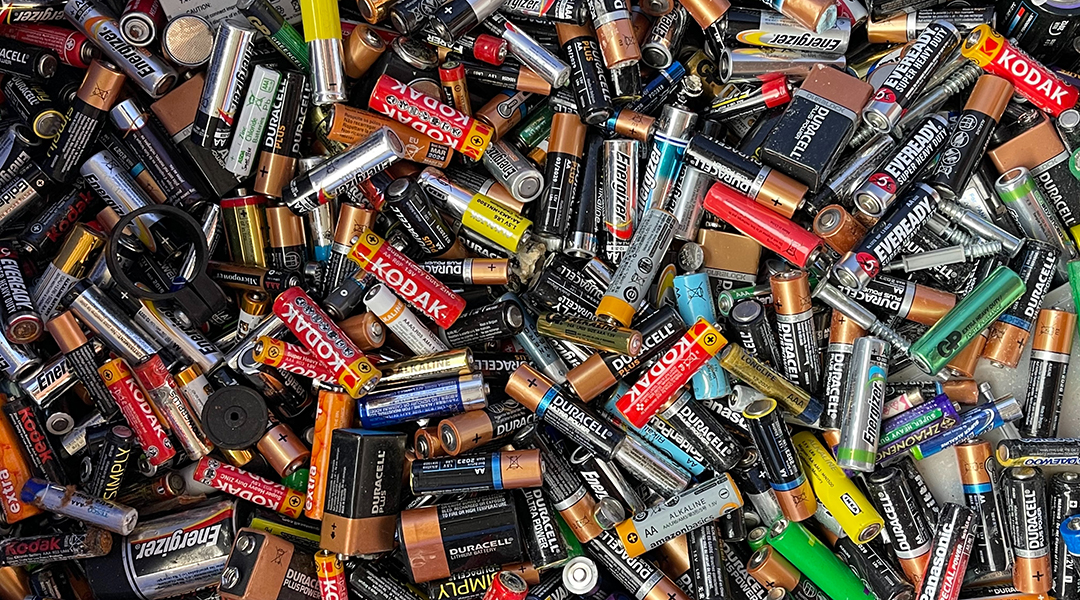
Tough but stretchable material could improve rechargeable lithium batteries
A tough gel electrolyte protects lithium metal anodes for safer and more efficient rechargeable batteries.

Radio emissions reveal unprecedented oscillations in black hole radiation
Previously unobserved frequency changes in radio signals detected in a black hole binary system could change our understanding of black hole physics.

Understanding gravitational waves: Ripples in spacetime explained
The universe is ringing with gravity, but humanity is only just beginning to hear the nuance of this cosmic symphony.

Inspired by the butterfly, deep learning sheds new light on nanoscale colors
Manipulating light on the nanoscale allows scientists to create specific structural colors that do away with the need for potentially harmful dyes.

Topological insulators could herald a new future for electronics
Promising candidates for efficient future electronics, researchers are exploring these exotic materials for better computer memory, hard drives, even quantum computers.
